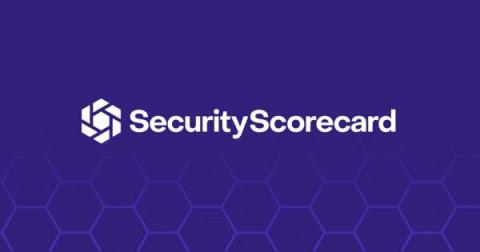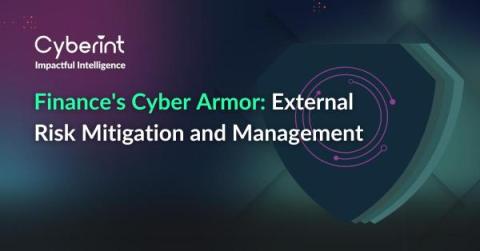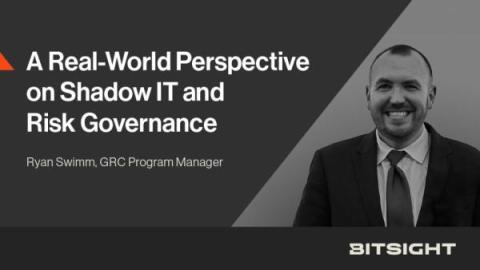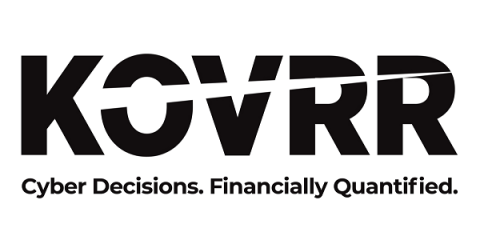How Nucleus Security's $43M Series B Funding Powers Enterprise Risk-Based Vulnerability Management Innovation
We at Nucleus Security are thrilled to share our journey and vision following our recent $43 million Series B funding round. This investment, led by Arthur Ventures and Lead Edge Capital, is a testament to our commitment to leading the charge in vulnerability management innovation and our dedication to protecting digital infrastructures worldwide. Read the full press release here.








